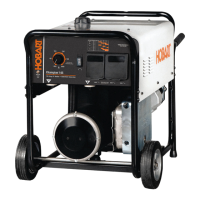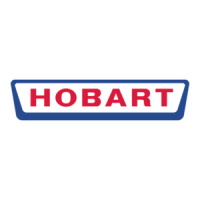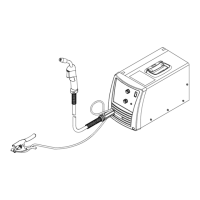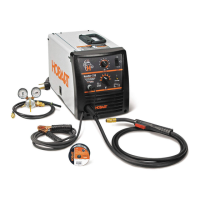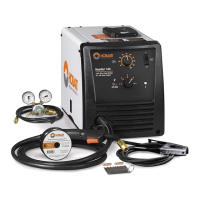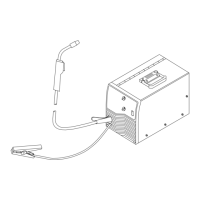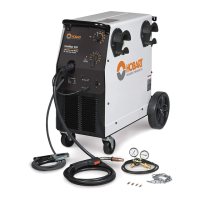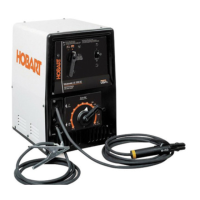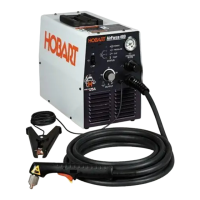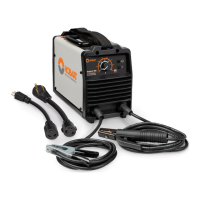What to do if my Hobart Champion 145 Welding System has erratic weld output?
- GgnelsonAug 19, 2025
If your Hobart Welding System shows erratic weld output, try the following: * Check the amperage control setting. * Ensure connections to the electrode and workpiece are tightened and clean. * Use dry, properly stored electrodes for stick welding. * Remove excessive coils from weld cables. * Clean and tighten connections inside and outside the welding generator. * Check the governor linkage for smooth operation. * If the issue persists, have a Factory Authorized Service Agent check and adjust the engine speed.
